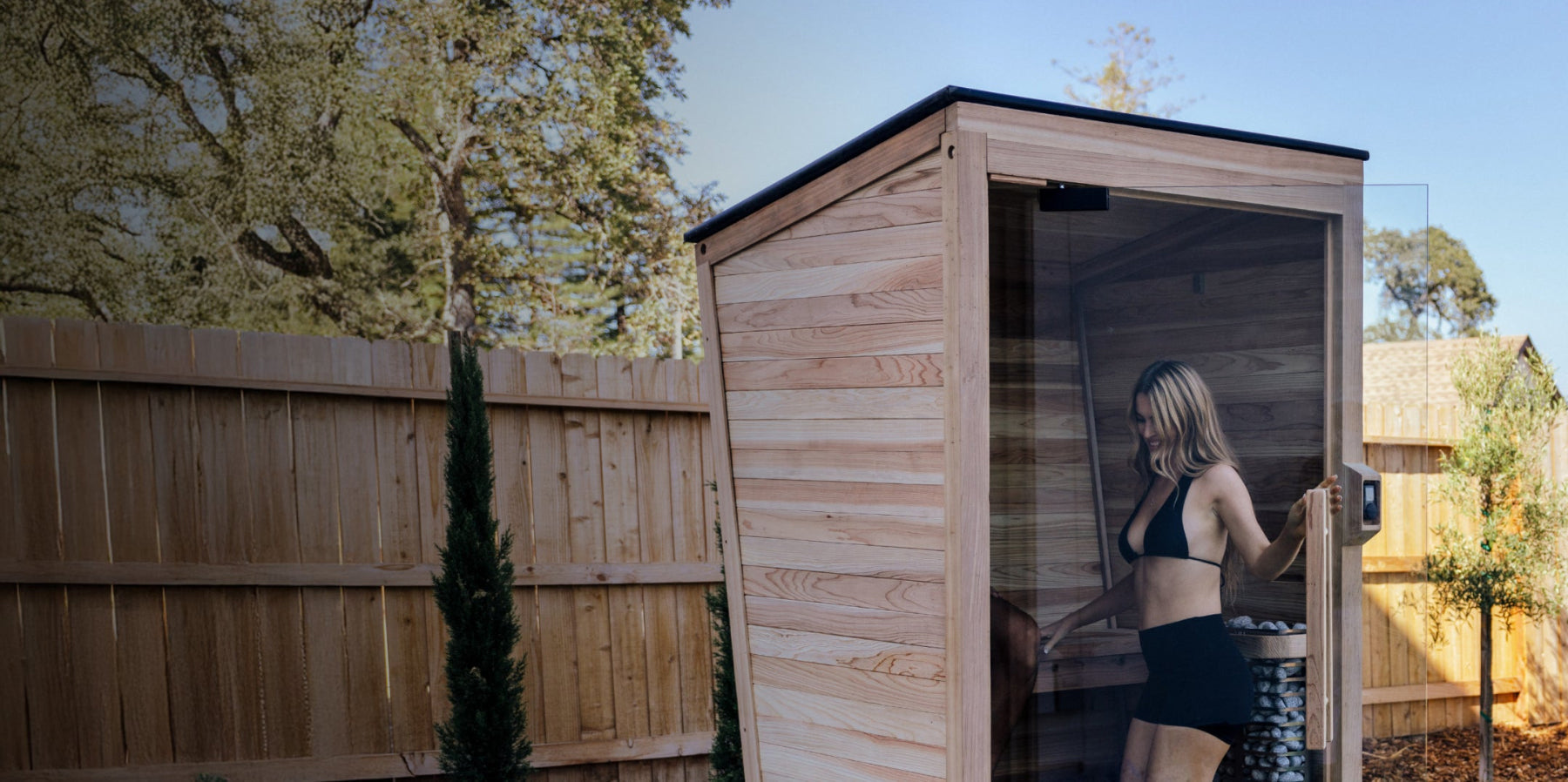
Cold Plunge Temperature: How Cold Should Your Ice Bath Be?
For those new to cold plunging, the first question we often see is “how cold should the water be?” Whether you’re considering investing in a cold plunge tub or recently bought one, understanding the ideal water temperature is important for maximizing benefits like muscle recovery and mental resilience. Let’s find the perfect temperature for your cold plunge sessions:
How Cold Should an Ice Bath Be?
The optimal range for an ice bath is usually between 45°F and 55°F, although some users swear by the bone-chilling temperatures of 35-40°F. This temperature zone (45-55°F) strikes a solid balance — cold enough to activate the body’s responses (above 60°F doesn’t trigger the same benefits), but not so cold that it becomes unbearable or unsafe. While newer enthusiasts might be shocked by these temperatures at first, this range is where the health benefits really kick in.
Importance of Consistent Temperature
Consistency is key when it comes to cold plunging. Your body's cold shock response doesn't simply care about how cold the water is — maintaining that temperature throughout your session is also important. A proper cold plunge should hold steady within a 2-3 degree range. Fluctuations in DIY cold plunge setups (especially those filled with melting ice) can reduce the overall effectiveness. A stable temperature allows your body to experience the intended benefits each time, as well as build tolerance and adjust to the cold over time.
Learn more about how long to cold plunge here.
How to Measure Your Cold Plunge Temperature
For those using DIY setups or cold plunge tubs without built-in thermometers, keeping track of water temperature is essential. There are several effective ways to do this:
- Digital thermometers are convenient and accurate and can be submerged into the water to check before each session.
- Infrared thermometers can quickly read the surface temperature — but keep in mind that this may not accurately reflect the rest of the water’s temperature.
- Traditional thermometers that float or have clips can stay near the side of the tub, offering a constant reading.
If you have a cold plunge tub with precise controls and measurements, adjusting to an exact degree is easy and consistent. This not only enhances safety but makes it easy to track your progress over time.
Submerge More of your Body
While just submerging your lower body offers some benefits, full-body immersion up to the neck (or even your head using a snorkel) yields the best results. The body's cold shock proteins and brown fat activation respond most effectively to larger areas of exposure. This is why cold showers are far less effective than cold plunges, as they only contact a few small points at a time.
How to Find the Right Temperature for You
Cold plunging is not a one-size-fits-all experience. The “right” temperature for you will depend on your experience level, personal tolerance, and more.
Beginners to Ice Baths
If you're just dipping your toes into cold plunging (literally and figuratively), we recommend starting at the warmer end of the range — around 55-59°F. At this temperature, you’ll still experience cold shock, but it won’t be as intense as lower temperatures. As your body adapts, you can gradually lower the water temperature by a few degrees.
Experienced in Cold Plunging
For those who've been at it for a few months, it’s time to push your body a bit more. 45-54°F provides a stronger shock to the system and can enhance the benefits of muscle recovery and mental fortitude. Pay attention to how your breathing changes — it's often a better indicator of adaptation than comfort levels alone.
Comment
byu/crazy2337 from discussion
inBecomingTheIceman
Comment
byu/Latter-Camera-9972 from discussion
incoldplunge
Ice Bath Veterans
Seasoned cold plungers may find their sweet spot as low as 35-44°F. At these temperatures, the cold becomes much more intense, requiring focus, mental fortitude, and controlled breathing to endure longer sessions. But remember, colder isn't always better. The key is finding the temperature that consistently challenges you while allowing for proper recovery between sessions.
Don’t Spend Thousands on Ice Bags for Inconsistent Temperatures
Candidly, spending money on bags of ice for a DIY tub is inefficient. First, maintaining the correct temperature in a tub filled with ice is difficult and inconsistent. Plus, the costs of ice quickly add up — at $3 per bag of ice, keeping a proper ice bath temperature multiple times per week can cost $200 every month. That's thousands of dollars spent every year chasing an inconsistent experience (and not including cleaning and maintenance costs).
Modern cold plunge tubs that don’t require ice are a game-changer for your wellness. With precise temperature controls and no need for constant refills, you get a consistent and effective plunge every time. Investing in a cold plunge tub with built-in cooling means more reliable, long-term results. When you're ready to elevate your cold plunge practice, choose precision over ice bags, consistency over chaos, and intelligent technology over endless expense.
Our tubs can cool all the way down to 37°F for even the coldest ice baths, but can easily be set to warmer temperatures for those looking for a less extreme experience. Learn more about our cold plunge tubs and financing options today!






















